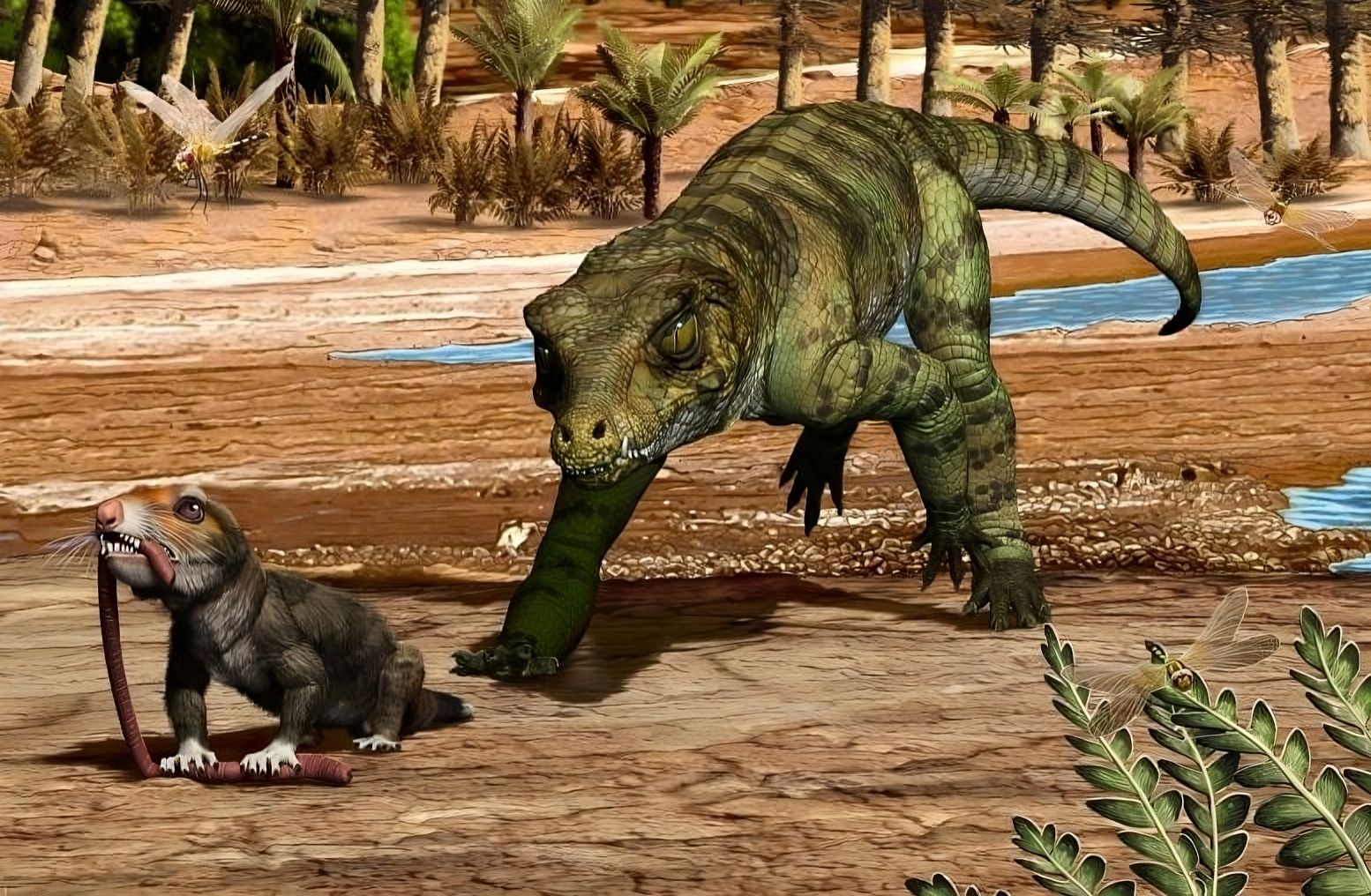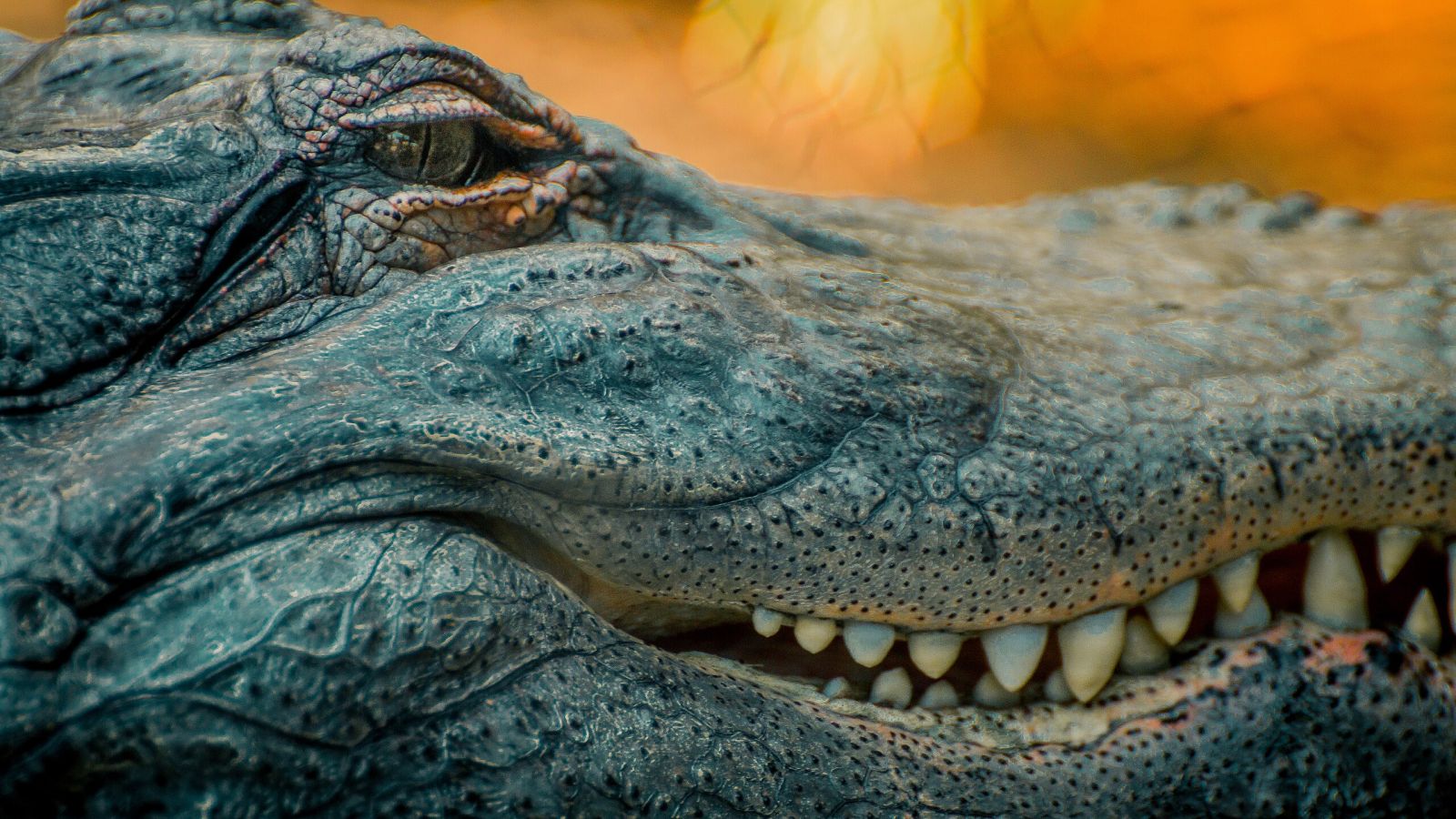Why did crocodiles survive while dinosaurs disappeared? 🐊
Follow us on Google News (click on ☆)
Crocodilians, these semi-aquatic predators, are the last representatives of a lineage dating back 230 million years. Their ability to adapt to diverse habitats and diets explains their resilience in the face of mass extinctions.
Contrary to the image of 'living fossils,' crocodilians underwent remarkable ecological diversification before stabilizing in their current niche. Their evolutionary history, marked by adaptations to varied environments, contrasts with that of their now-extinct cousins. This study, published in Palaeontology, is the first to reconstruct their dietary ecology in detail over 230 million years.
Researchers analyzed nearly 120 skulls, both fossilized and modern, to understand how crocodilians survived two mass extinctions. Their conclusion: dietary and ecological generalization was a major advantage. This approach could inspire conservation strategies for species threatened by the current biodiversity crisis.
Modern crocodilians, though specialized in aquatic predation, retain some dietary flexibility. This trait, inherited from their ancestors, might help them better withstand environmental changes. However, habitat destruction and hunting pose much more immediate threats than past climatic upheavals.

Reconstruction of Hemiprotosuchus leali, a terrestrial crocodylomorph from the Triassic, attacking an early mammal.
Credit: Jorge Gonzalez.
The study highlights the importance of preserving natural habitats to ensure the survival of crocodilians. These animals, witnesses to an exceptional evolutionary history, may still surprise us with their adaptability.
How do scientists reconstruct the diets of extinct species?
Researchers analyze the morphology of fossil teeth and skulls to deduce the diets of extinct species. Sharp teeth suggest a carnivorous diet, while flat molars indicate a herbivorous one.
The shape of the skull also provides clues about how the animal fed. For example, a powerful jaw is often associated with the ability to crush prey or tough vegetation.
This method, though indirect, allows species to be classified into different ecological categories. It has been successfully applied to many fossil groups, including crocodilians.
Technological advances, such as 3D modeling, are improving the accuracy of these reconstructions.
What is a mass extinction, and how does it compare to the current crisis?
A mass extinction is a brief geological event (on geological timescales) that sees a large portion of living species disappear. Earth has experienced five, the most famous being the Cretaceous extinction that ended non-avian dinosaurs.
The current crisis, often called the sixth extinction, is distinguished by its human origin. Habitat destruction, pollution, and climate change are its primary causes.
Unlike past extinctions, this one is occurring at an unprecedented rate. Species do not have time to adapt or migrate to survive.
Lessons from the past, such as the resilience of crocodilians, could help mitigate the effects of this crisis. However, prevention remains the best strategy.
